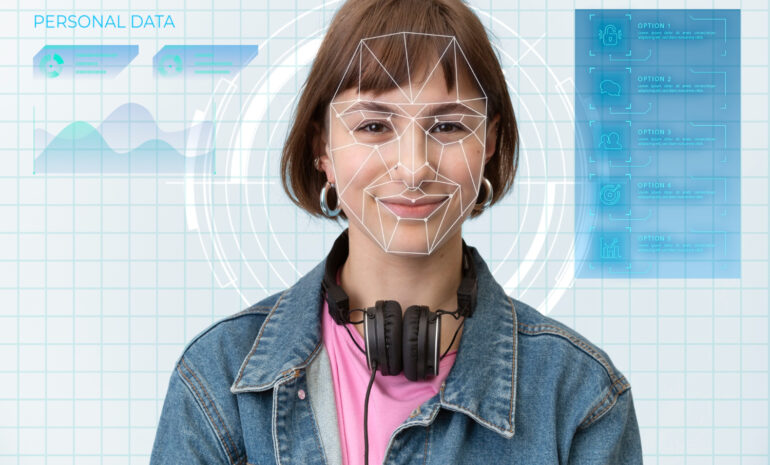Every step and action we take on the Internet leaves a digital footprint and valuable information that can be compromised through access points without us even realizing it.
Everything we do at Internet It marks our digital reputation, and these actions are known as digital footprints, which are nothing more than the trail of data that a person or business leaves when interacting online.
This can occur voluntarily or involuntarily. It is voluntary when we post on social media or comment on websites; while it occurs involuntarily through the IP address or of the cookies (small text files that websites send to the browser to store information about visits, language preferences, and other browsing data).
Our digital footprint or shadow is always present, and if we're not careful, we can share a lot of our information. Nowadays, we're accustomed to accessing the internet from a variety of locations, from our homes to the streets and public transportation.
Malicious access points: a risk to identity
However, these access points are devices that allow wireless devices to connect to a network and the Internet, but there are also fraudulent, unauthorized, or malicious access points that become a risk to our digital identity.
Malicious access points intercept, steal, and manipulate the personal and financial data of users who connect to them, increasing the risk of identity theft, fraud, and cyberattacks.
Globally, cybercriminals create fake access points to lure users, who, upon connecting, compromise the information they send and receive. Connecting to unsecured networks can leak data such as names, addresses, credit card or bank numbers, passwords and account login credentials, and even personal health information.
Vulnerability and protection of digital identity
A study of Kaspersky analyzed over 31 million Wi-Fi access points worldwide and found that approximately 25-28 % of them are either completely insecure (no encryption) or only use weak protocols like WEP, making them vulnerable to having transmitted data intercepted.
As we become more involved in the digital world, our digital identity becomes more complex and vulnerable. The more access points a person has, the greater the challenge of protecting it. Protecting digital identity isn't a task unique to individuals who may be potential victims; it involves actions by companies and governments.
It is estimated that at least 57% of Internet users have more than 12 data points exposed, 16% more than 50, and up to 4% have suffered identity theft.
How do I protect myself?
The first thing is to verify the network and avoid connecting to unknown or public Wi-Fi networks without confirming they're legitimate. Stick to trusted networks, like those at your home and office.
You can use one VPN (Virtual Private Network) and encrypt your internet traffic, making it difficult for hackers to intercept your data. You can also use password managers that generate and store your passwords, and multiple authentication methods.
Our digital footprint reflects who we are in the virtual world. Every click, search, or post builds a version of ourselves that can influence how we're perceived, the opportunities we receive, and how exposed we are to cyber risks.
Take care of that footprint It involves making conscious decisions about the information we share and the spaces where we do so. Just as we protect our physical identity, we must learn to protect our digital identity: by verifying networks, using strong passwords, avoiding overexposure, and understanding the value of our data.
Digital identity is, in essence, an extension of our trust in the internet. And that trust defines the balance between staying connected and staying secure.


